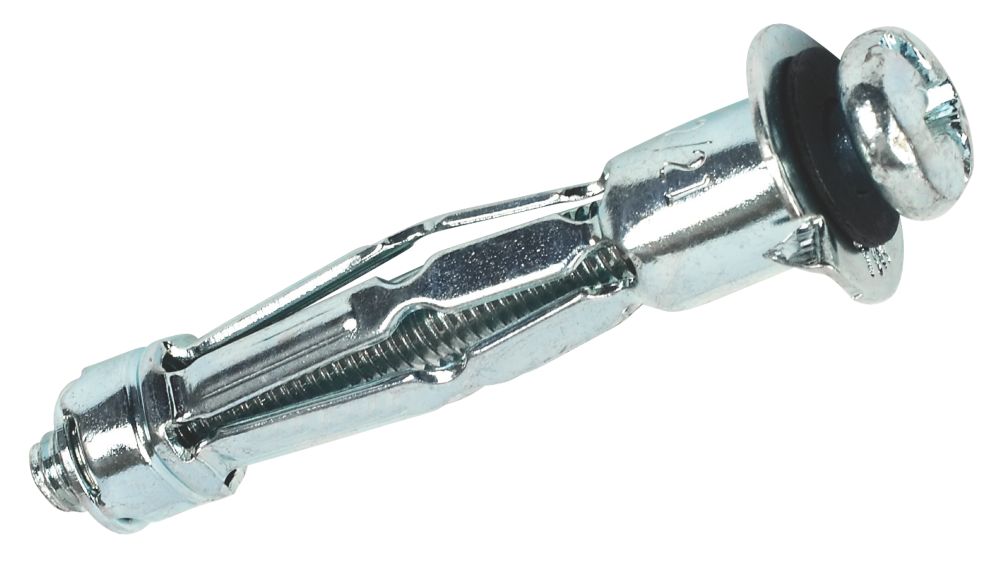Right, just before I do something stupid I'm going to seek some advice from you knowledgeable lot 
I want to wall mount a TV (fairly old LCD, 40inch and quite weighty) specifically for sim purposes, the image below is of the wall I wish to mount the wall bracket to, using some magnets I have located were the studs are and they appear to be 600mm centres, I'll likely use the nail through the plasterboard method to ensure I am bang on the centre when fixing the bracket but I am somewhat concerned as both studs outlined in the image respond to the magnets throughout their length, the magnets definitely react strongest at the points where they are in the image which is where I assume the plasterboard nails are and will simply slide down the wall if placed above or below those points, is it possible the entire length of the studs has a metal skin on it? I really don't want to break anything lmao, how should I proceed?


I want to wall mount a TV (fairly old LCD, 40inch and quite weighty) specifically for sim purposes, the image below is of the wall I wish to mount the wall bracket to, using some magnets I have located were the studs are and they appear to be 600mm centres, I'll likely use the nail through the plasterboard method to ensure I am bang on the centre when fixing the bracket but I am somewhat concerned as both studs outlined in the image respond to the magnets throughout their length, the magnets definitely react strongest at the points where they are in the image which is where I assume the plasterboard nails are and will simply slide down the wall if placed above or below those points, is it possible the entire length of the studs has a metal skin on it? I really don't want to break anything lmao, how should I proceed?



